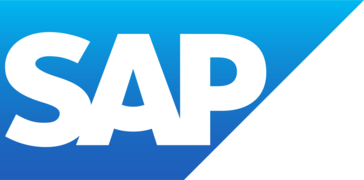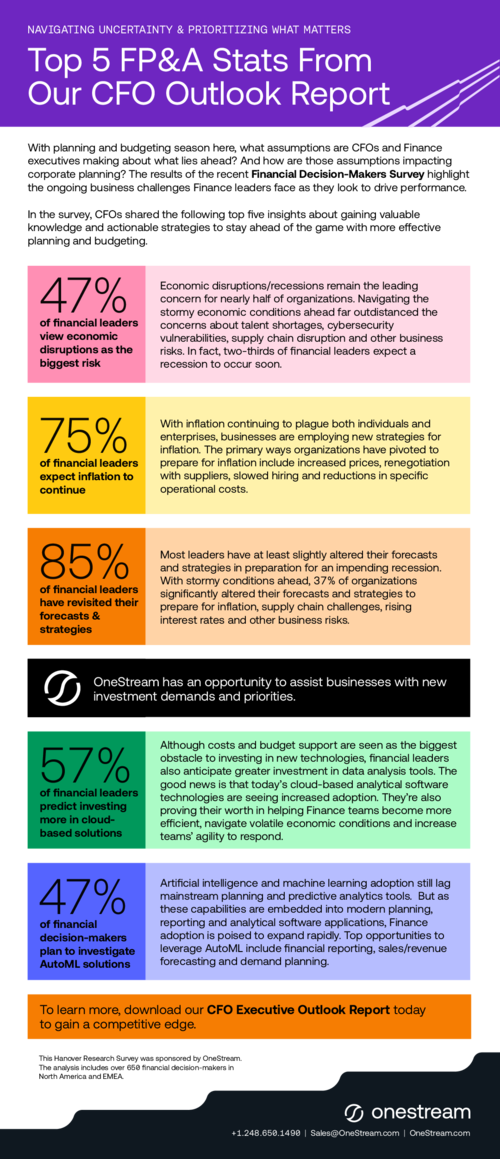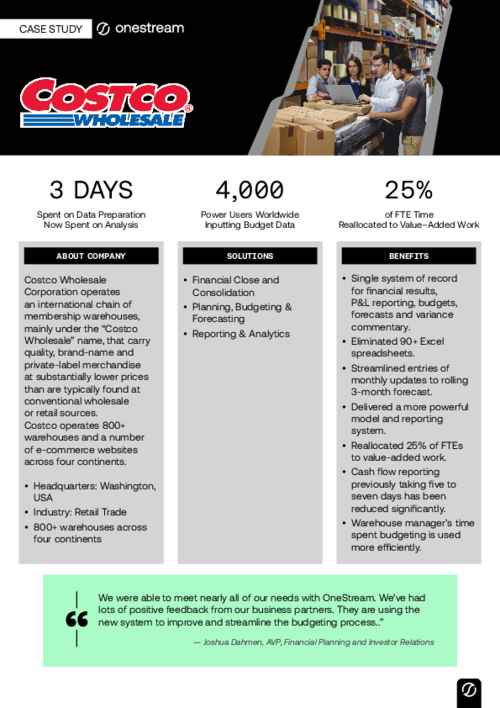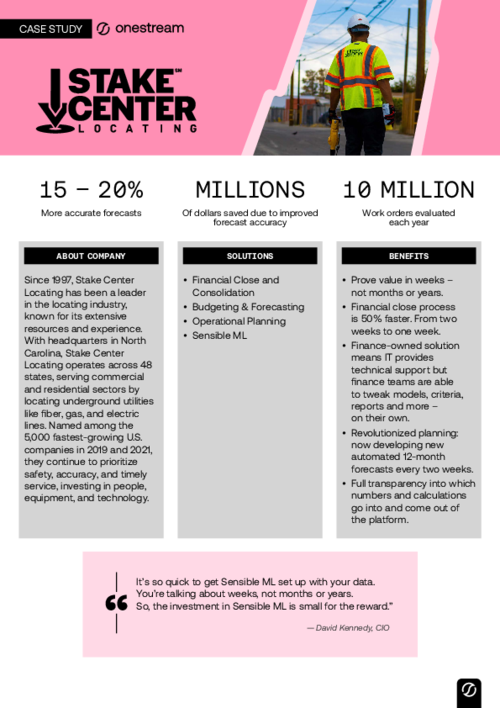What do you like best about OneStream - Unified EPM?
What I like best is that it's a truly unified platform. It sounds like marketing jargon, but it genuinely solves the biggest headache in corporate finance.
In the past, we had separate software for Consolidation, another system for Budgeting/Forecasting (FP&A), and then we'd pull it all into Excel for final Reporting. That meant spending countless hours:
Reconciling Data: Trying to figure out why the numbers in the planning system didn't match the numbers in the consolidation system.
Maintaining Integrations: Relying on IT to build and maintain brittle data links between three different software vendors.
With OneStream, the data for our actuals (Close & Consolidation) and our budget/forecast all sit in one place. You have a single set of rules and a single data model.
This gives us complete confidence in our numbers and allows us to spend 90% of our time on analysis and strategy, instead of 90% of our time on data wrangling and reconciliation. That shift in focus is invaluable. Review collected by and hosted on G2.com.
What do you dislike about OneStream - Unified EPM?
If I had to switch hats and give you the perspective of a user who has gone through an implementation and is now using it day-to-day, the common dislikes usually fall into three main buckets: Cost, Complexity, and Culture.
Here’s my take:
1. The Cost: It's an Investment, and It's Expensive.
"Look, I get that it replaces four other systems and gives us amazing data quality, but there’s no getting around it: OneStream is premium software with a premium price tag.
Initial Outlay: The licensing and implementation costs are significant. It’s not a solution for small-to-mid-size companies unless they have extremely complex financial requirements. You need to be ready to commit significant budget.
The 'Tax': Because the system is so powerful and flexible, you often need to rely on highly-skilled, and therefore expensive, consultants or in-house experts for the heavy lifting, especially with initial design and complex business rule changes.
2. The Complexity & Learning Curve: Powerful, but not Simple
"The thing I loved about it—its ability to do everything—is also what makes it a beast to master. It’s not like turning on a lightweight cloud app.
Steep Learning Curve: For a new administrator or a new financial analyst who didn't come from a legacy CPM system (like Hyperion), the complexity can be overwhelming at first. You need dedicated training and time to become proficient.
It Requires a 'Developer Mindset': While the front-end user experience is good for data entry and reporting, making major changes to the system logic, building highly customized reports, or managing the Extensible Dimensionality feature often feels like an IT development project. It’s not always a completely 'business user self-service' tool in the way some simpler planning apps are marketed.
3. The User Interface (UI): Functional, Not Fashionable
"Honestly, the application is incredibly functional, but if you compare it side-by-side with some of the newer, consumer-grade cloud apps, it can feel a bit... plain.
A Bit Dated: It can sometimes lack the sleek, modern aesthetic and intuitive 'drag-and-drop' feel that some users are now accustomed to from other cloud tools. It's built by finance people, for finance problems, and the focus is clearly on the robust functionality behind the scenes, not necessarily the visual sizzle."
In short, it's a Formula 1 race car: incredibly powerful, capable of world-class performance, but it costs a lot to buy, and you need a specialized, highly-trained pit crew to run it. Review collected by and hosted on G2.com.

















